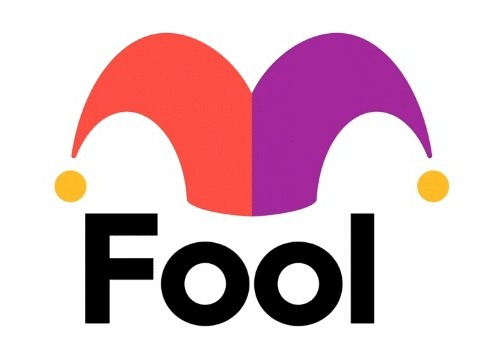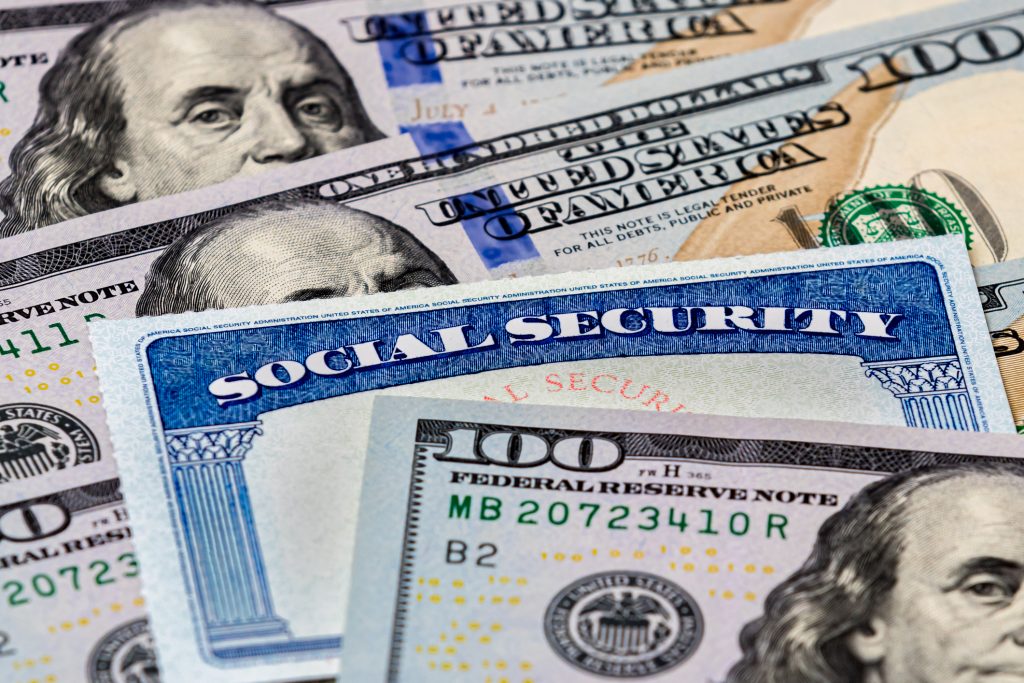One thing is certain about the IRS: It is going to collect taxes. Retirement accounts like 401(k)s and traditional IRAs allow you to take a tax break up front, but the IRS will be patiently waiting to tax withdrawals you make from these accounts in retirement.
To avoid a situation where someone who may not need to withdraw from these accounts lets the money sit in the account to avoid paying taxes, the IRS enacts required minimum distributions (RMDs).
Start Your Mornings Smarter! Wake up with Breakfast news in your inbox every market day. Sign Up For Free »
Starting at age 73, you must take RMDs or face penalties. For those wondering how much RMDs may be, let’s take a look at the amount, assuming you have $250,000 in your retirement account(s).
How does the IRS determine your required minimum distribution?
Two things ultimately determine how much your RMD is: your account value at the end of the previous year and your life expectancy factor (LEF).
The IRS has a table with LEFs for every age, beginning at 72. Once you know this number, you can find your RMD by dividing your account value at the end of the previous year by your LEF.
In this example, we’re assuming you had $250,000 in your account at the end of 2024. Based on that, here are the LEFs and RMDs for ages 73 to 80:
| Age | Life Expectancy Factor | Required Minimum Distribution |
|---|---|---|
| 73 | 26.5 | $9,434 |
| 74 | 25.5 | $9,804 |
| 75 | 24.6 | $10,163 |
| 76 | 23.7 | $10,549 |
| 77 | 22.9 | $10,918 |
| 78 | 22.0 | $11,364 |
| 79 | 21.1 | $11,848 |
| 80 | 20.2 | $12,376 |
Source: IRS. Required minimum distributions rounded up to the nearest dollar.
If you don’t withdraw your RMD, you could face penalties of 25% of the amount you failed to withdraw. For example, if you were supposed to withdraw $10,000 and only withdrew $5,000, your penalty would be $1,250.
If you take your RMD within two years of the missed deadline, the penalty will be reduced to 10% of the missed amount.
The $22,924 Social Security bonus most retirees completely overlook
If you’re like most Americans, you’re a few years (or more) behind on your retirement savings. But a handful of little-known “Social Security secrets” could help ensure a boost in your retirement income. For example: one easy trick could pay you as much as $22,924 more… each year! Once you learn how to maximize your Social Security benefits, we think you could retire confidently with the peace of mind we’re all after. Simply click here to discover how to learn more about these strategies.
View the “Social Security secrets” »
The Motley Fool has a disclosure policy.
 benzinga.com
benzinga.com fool.com
fool.com



